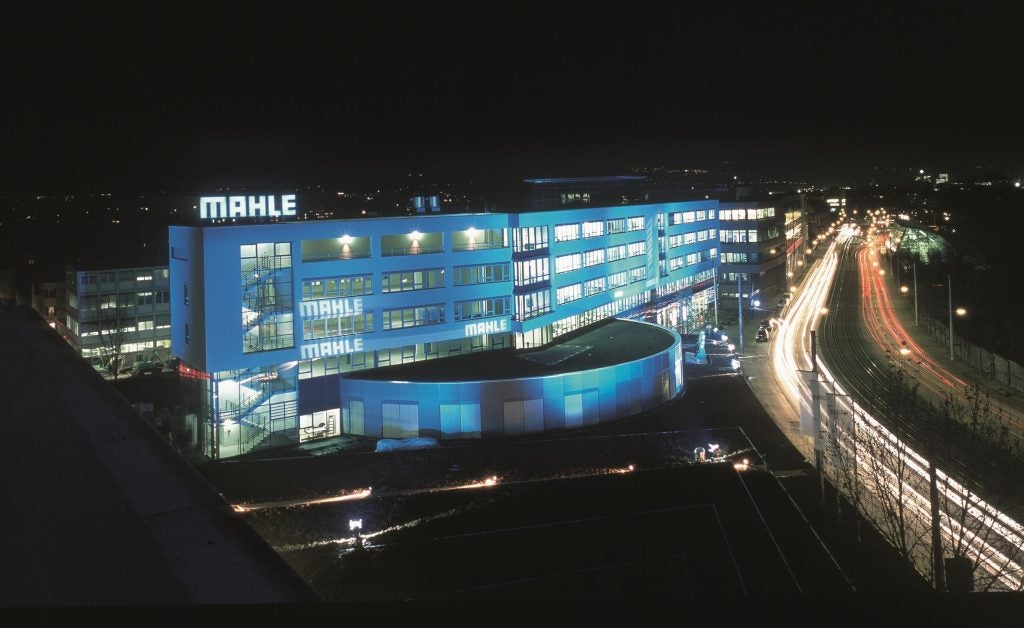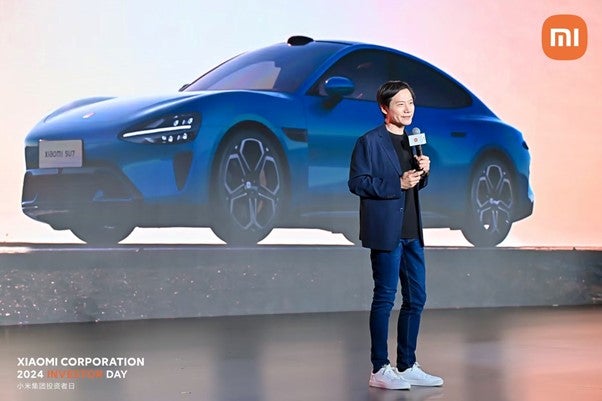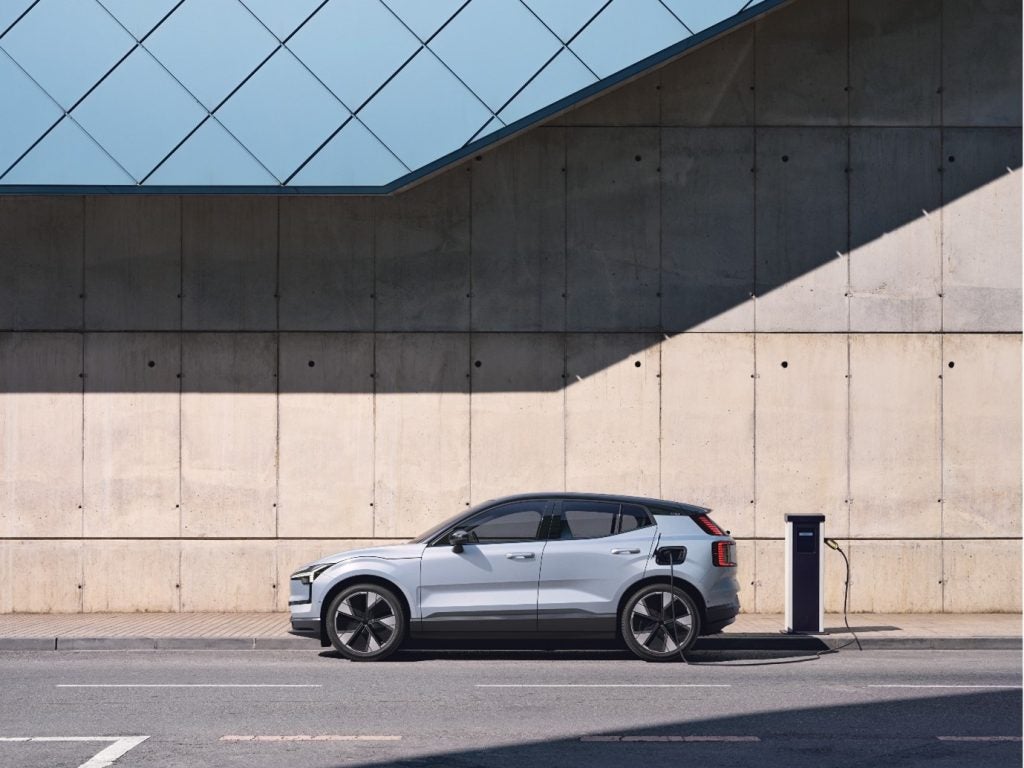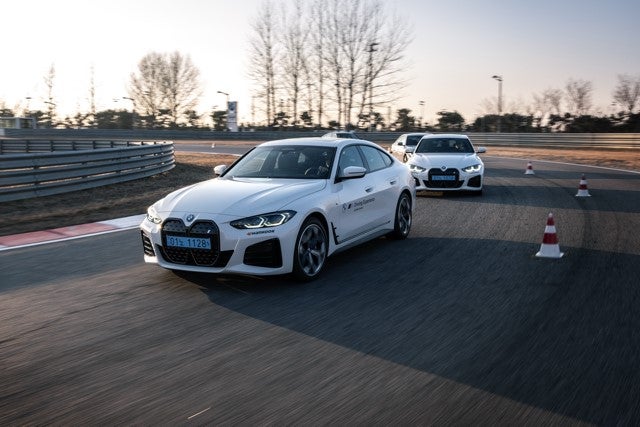Iranian buyers will from tomorrow (3 March) be able to place orders for the locally assembled Renault Logan which will be marketed in Iran as the Tondar-90.
In a partnership that involves key Iranian automobile industry players, the low-cost model is built in Iran Khodro and SAIPA factories and is sold through their respective dealer networks.
Iran joins Romania (since 2004), Russia, Morocco and Colombia (2005) as the fifth country to make the Logan. Annual production capacity is 300,000 cars and, given the country’s buoyant automobile market, this latest Logan project will make a significant contribution to achieving Renault Commitment 2009, the French automaker said.
Iranian prices starting from EUR6,750 will compete in a market where vehicles costing less than EUR8,000 accounted for half of sales in 2006.
Tondar translates in the Iranian language Farsi as ‘Thunder’ and the car will be available with three trim levels, all with a 1.6-litre 16V petrol engine.
How well do you really know your competitors?
Access the most comprehensive Company Profiles on the market, powered by GlobalData. Save hours of research. Gain competitive edge.

Thank you!
Your download email will arrive shortly
Not ready to buy yet? Download a free sample
We are confident about the unique quality of our Company Profiles. However, we want you to make the most beneficial decision for your business, so we offer a free sample that you can download by submitting the below form
By GlobalDataThe Logan/Tondar-90 launch in Iran was preceded by the introduction last July of the four-door Renault Mégane sedan which went on sale through 10 dealerships of the Pars Khodro network (SAIPA
Group).
The launch of this model enabled Renault to prepare for the Logan launch and develop brand awareness. The Méganes sold in Iran are currently imported from Turkey (the Bursa plant) but, from late 2007, will be assembled locally by Pars Khodro, at at an eventual rate of 15,000 a year.
Renault said Iran, with a population of 69m people and car ownership of just 100 vehicles per thousand inhabitants, has considerable potential.
“It is extremely dynamic and sales have practically tripled over the past five years to reach nearly a million vehicles in 2006. Last year’s market was 8% up over 2005,” the automaker noted.
For the Tondar-90 project, Renault Pars is responsible for engineering, quality, purchasing and logisticals, as well as for the coordination of sales, marketing and after-sales service policies.
Initial production capacity of 300,000 vehicles is split equally between the two Iranian partners’ factories which are both in Tehran suburbs.
The vehicles are assembled to Renault Production Way standard and use both locally sourced and imported components, the latter mostly from Romania where Renault unit Dacia was first to build the Logan. Local content at Iranian production start-up next spring will be 60% and the target is 80% in the medium-term.
The first investment phase was EUR300m, spent mostly on introducing specific tooling at the 50 Iranian suppliers.
From the end of 2007, engines and gearboxes for the Tondar-90 will also be produced locally (engines from the end of 2007, gearboxes from spring 2008).
According to an agreement signed by Renault and the Iranian authorities, Iran will be the base for Tondar-90 exports.
History
Renault Pars was founded in 2004 and is owned jointly by Renault (51%) and AIDCO (49%). AIDCO (Automotive Industrial Development Company) is held jointly by IDRO (Industrial Development and Renovation Organiaation), Iran Khodro and SAIPA.
Renault opened its first sales office in Iran in 1959 and, in 1975, began R5 assembly from CKD kits in association with SAIPA (Société Anonyme Iranienne de Production Automobile), founded in 1966, which had previously assembled a number of other vehicles, including the Citroën Dyane.
The 1979 Iranian revolution saw the nationalisation of SAIPA’s factory. Cooperation with SAIPA ended in 1992 and Renault’s representational office closed in 1997.
Contact between Renault and the Iranian authorities was rekindled in 2002 via the automaker’s Alliance partner Nissan which was approached by IDRO1 (Industrial Development & Renovation Organisation) to take part in a programme aimed at modernising Iran’s national vehicle fleet.
SAIPA has 80 subsidiaries and cooperation deals with Citroën, Nissan and Kia. Its range covers cars, pick-ups and SUVs. Vehicles currently produced include the Kia Pride and Rio plus the Citroen Xantia.
Founded in 1962, Iran Khodro (IKCO) is a public joint stock company that founds and and manages factories that make vehicles and parts for both local sale and export.
It was well known for producing the ‘Iranian Hillman Hunter’, the Peykan, initially from CKD kits and, later, with tooling purchased from PSA in the UK. Production of that 1960s design, albeit since updated with Peugeot engines, some restyling and new dashboard, has now ended.
The company was nationalised after the Islamic revolution in 1979 and is now the biggest auto manufacturer in the Middle East, building 513,984 vehicles last year. IKCO has more recently assembled different Peugeot models and recently started producing Peugeot-derived cars under the new national brand Samand.







